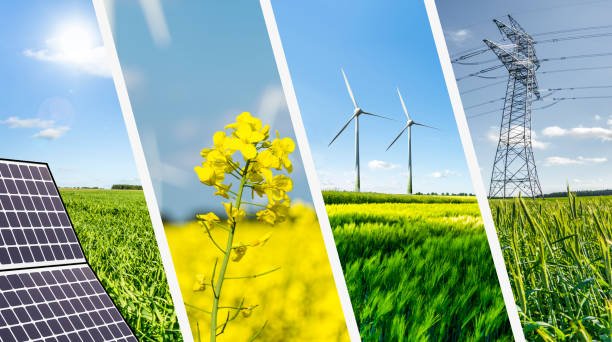How you would use the five stages of the Diffusion of Innovation theory to encourage the idea of adopting renewable energy sources among businesses?
Using the Diffusion of Innovation Theory to Promote Renewable Energy Adoption in Businesses
The Diffusion of Innovation (DOI) theory, developed by Everett Rogers in 1962, describes how, why, and at what rate new ideas and technology spread through cultures. It comprises five stages: knowledge, persuasion, decision, implementation, and confirmation. These stages can be aptly utilized to encourage the adoption of renewable energy sources among businesses.
Knowledge
In the knowledge stage, it is critical to ensure that businesses understand the concept of renewable energy, its benefits, and its potential applications. Informational campaigns, workshops, seminars, and educational materials can be disseminated via business forums, networking events, industry conferences, and social media platforms. The objective is to raise awareness about the potential of renewable energy to address energy demands sustainably, reduce greenhouse gas emissions, and create long-term cost savings.
Persuasion
During the persuasion stage, businesses become interested in how renewable energy could directly benefit them. Here, testimonials from early adopters, case studies, and interactive simulations demonstrating cost-savings and environmental benefits can be powerful tools. Engage influencers and opinion leaders in the business community to discuss and promote the advantages of renewable energy adoption. Networking events and webinars with experts from the renewable energy field can also be useful in this stage.
Decision
In the decision phase, businesses weigh the advantages and disadvantages before committing to the adoption of renewable energy. At this stage, businesses will need tailored advice, possibly from energy consultants, to understand how the transition to renewable energy can fit their specific business model and how it might impact their bottom line. Financial models projecting long-term cost savings, combined with information about tax credits, grants, and other incentives for adopting renewable energy, can help to make the case stronger.
Implementation
During the implementation stage, the business actively incorporates renewable energy into its operations. The support doesn’t stop at the decision; businesses need help during the transition. This may involve assisting with the selection and installation of renewable energy systems, training staff, providing technical support, and addressing any operational concerns. Collaboration with renewable energy providers and specialists is key at this stage to ensure a smooth transition.
Confirmation
The confirmation stage involves businesses evaluating the effectiveness of their decision to switch to renewable energy. They’ll review whether the promised benefits were realized and decide whether to continue with or expand their use of renewable energy. Sharing success stories and recognizing businesses that have successfully implemented renewable energy can incentivize others. Gathering and acting on feedback is also important in this stage to further improve and refine the process for future adopters.
The five stages of the DOI theory can serve as a framework for encouraging businesses to adopt renewable energy. With a thoughtful and tailored approach that respects each stage of the process, the transition towards renewable energy in the business sector can be facilitated and accelerated.

